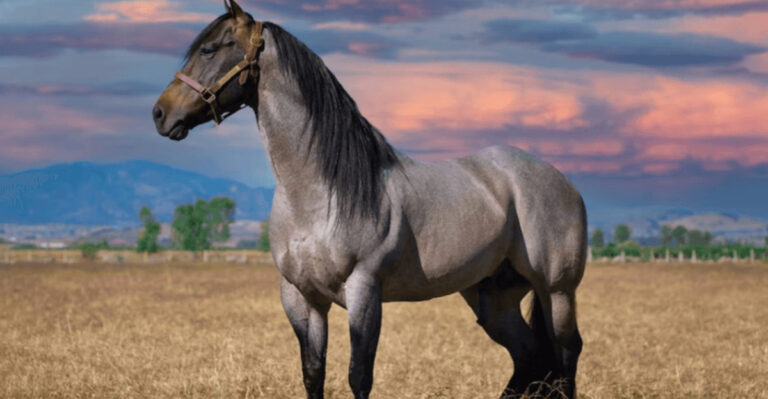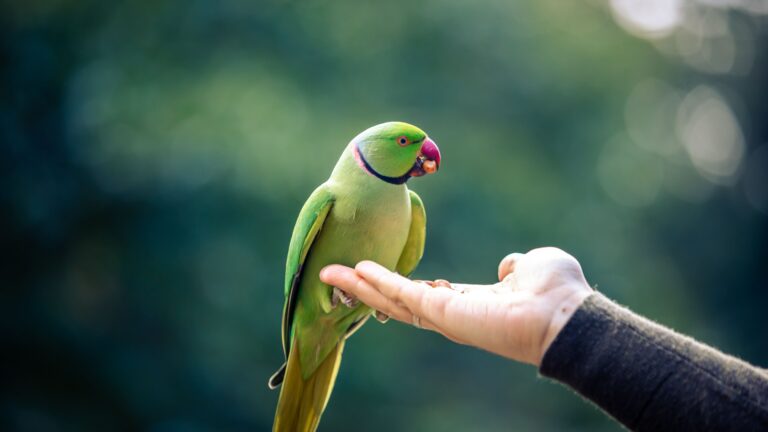Rare New Zealand Snail Captured Laying Egg Through Its Neck For The First Time
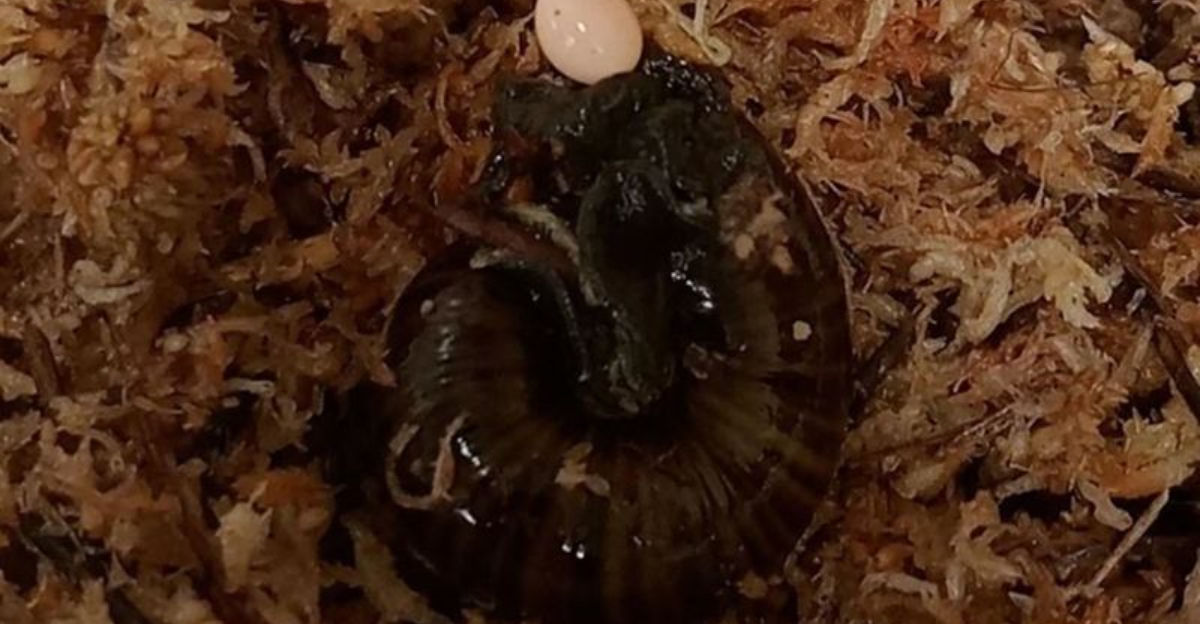
Scientists have made an extraordinary discovery in New Zealand’s wilderness – capturing footage of the Mount Augustus snail laying an egg through its neck!
This rare creature, known scientifically as Paryphanta annectens, has fascinated researchers for decades with its unusual reproductive habits.
The recent breakthrough gives us an unprecedented glimpse into the secret life of one of New Zealand’s most mysterious mollusks.
1. The Unexpected Neck Delivery
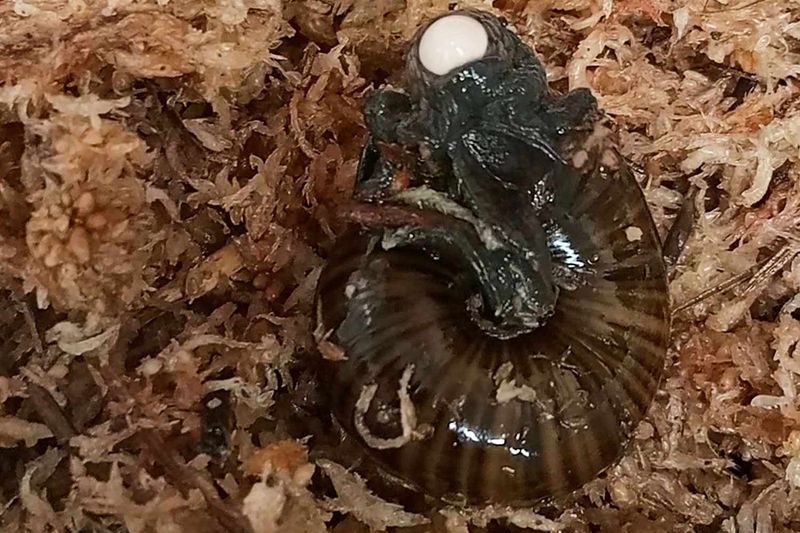
The Mount Augustus snail shocked researchers when they witnessed it push an egg through a specialized opening in its neck region rather than the typical reproductive areas found in other snails. This extraordinary biological feature has never before been documented on camera, marking a significant milestone in malacology – the study of mollusks.
Scientists had theorized about this unusual reproduction method for years, but lacked visual confirmation until now. The footage reveals a slow, deliberate process where the egg emerges from a small pore near the snail’s head.
2. Ancient Lineage Revealed
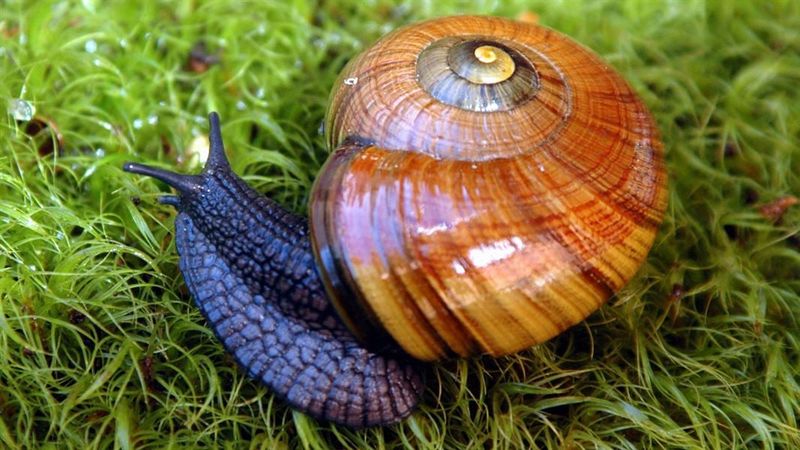
Mount Augustus snails belong to an ancient family of land snails that evolved over 135 million years ago. Their unique reproductive system represents a fascinating evolutionary adaptation that has helped them survive in New Zealand’s challenging environments since before the dinosaurs disappeared.
Unlike most modern snails, these creatures retained primitive biological features from their distant ancestors. The neck-laying ability appears to be one such ancient trait that most other snail species have lost over millions of years of evolution.
3. Giant Among Gastropods
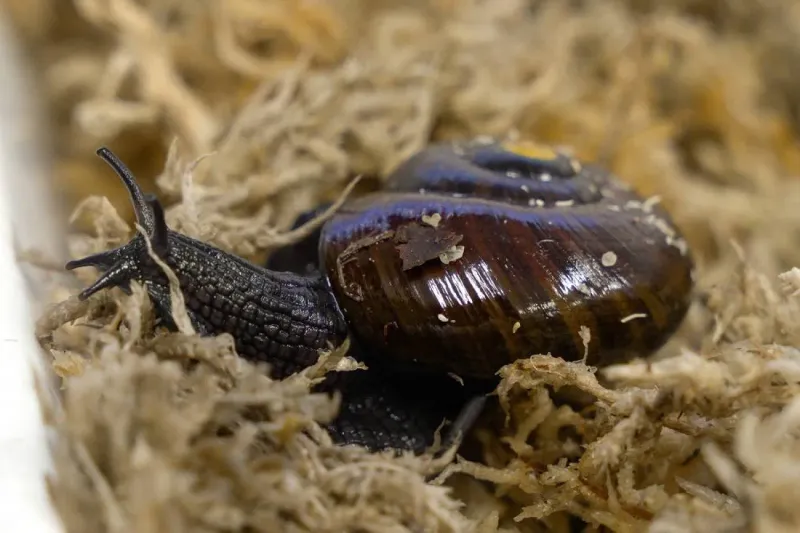
Weighing up to 90 grams, Mount Augustus snails rank among New Zealand’s largest land snails and can reach the size of a small apple. Their impressive shells showcase a striking spiral pattern with rich brown to black coloration that helps them blend into forest floors.
Unlike garden varieties, these giants move incredibly slowly – covering just a few meters per night. Their substantial size makes the neck-laying phenomenon even more remarkable, as researchers can clearly observe the reproductive process without specialized equipment.
4. Carnivorous Appetite Surprise
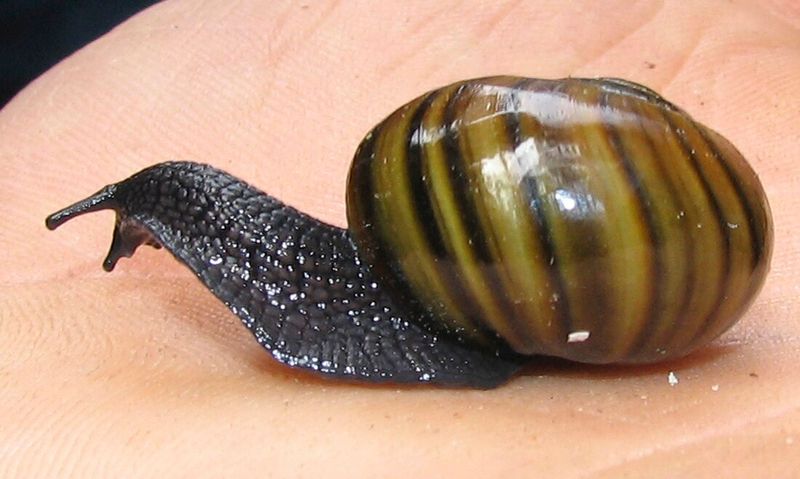
Many people don’t realize that Mount Augustus snails are voracious predators! Unlike most snails that munch on plants, these hunters prowl the forest floor at night searching for earthworms, slugs, and even other smaller snails.
They track prey using specialized sensory organs and then engulf victims whole. This carnivorous behavior directly connects to their unusual reproduction – their digestive and reproductive systems evolved unique pathways to prevent interference between hunting and egg-laying functions.
5. Conservation Crisis Concerns
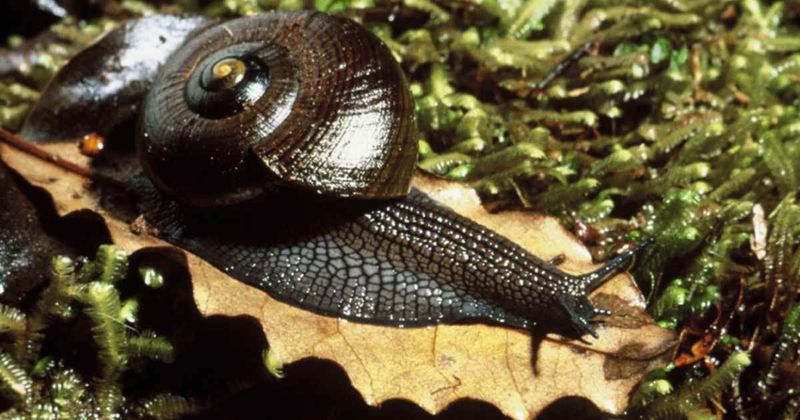
Mount Augustus snails face serious threats from habitat loss and introduced predators like rats, pigs, and possums. With fewer than 500 individuals estimated to remain in the wild, each successful reproduction represents hope for their survival.
Conservationists monitor breeding patterns closely, making the neck-laying footage invaluable for understanding reproduction success rates. Some populations have declined by over 80% in recent decades, pushing conservation teams to establish protected zones specifically for these unique creatures.
6. Single Precious Egg Strategy
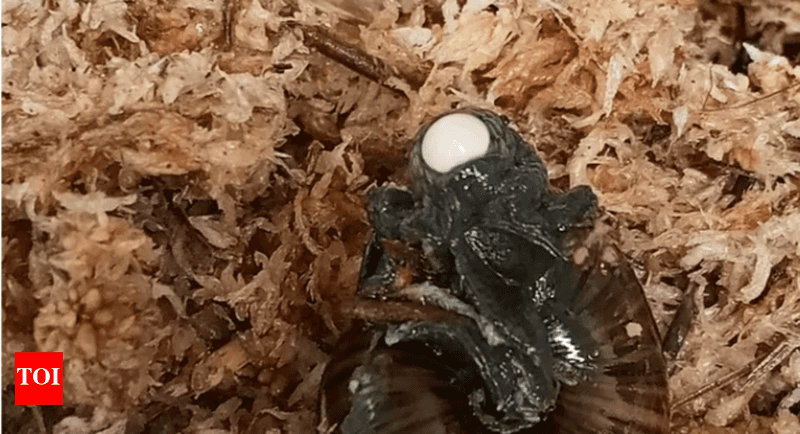
Unlike common garden snails that produce dozens or even hundreds of eggs, the Mount Augustus snail typically lays just one enormous egg at a time. This single egg contains significant nutrient reserves and measures nearly 1 centimeter across – enormous compared to the eggs of other invertebrates!
The hefty investment in a single offspring represents a quality-over-quantity reproductive strategy. Each young snail emerges fully formed with a small but complete shell, ready to begin hunting almost immediately after hatching.
7. Specialized Filming Techniques
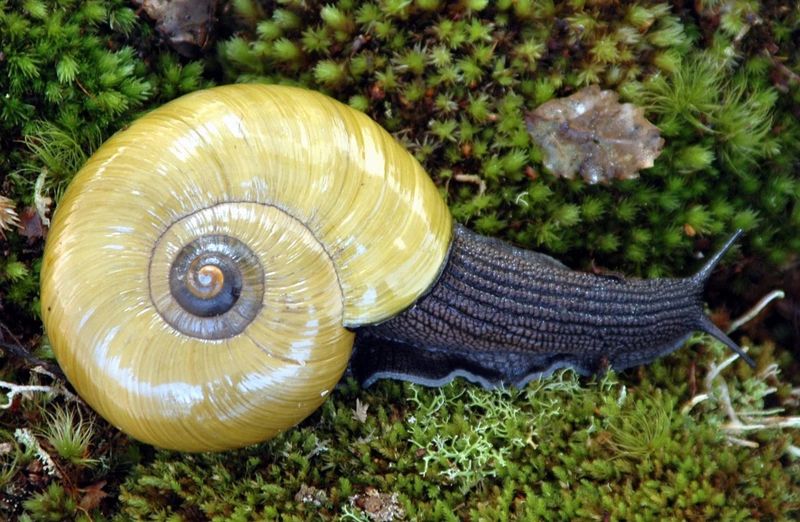
Capturing the neck-laying behavior required extraordinary patience and specialized equipment. Researchers used infrared cameras and motion sensors that triggered recording only when the snail became active, as the entire process might occur just once yearly per snail.
The team spent over 230 nights in the field before successfully documenting the complete egg-laying sequence. They created custom miniature camera setups that wouldn’t disturb the shy creatures while still providing clear, close-up footage of the rare biological event.
8. Scientific Mystery Solved
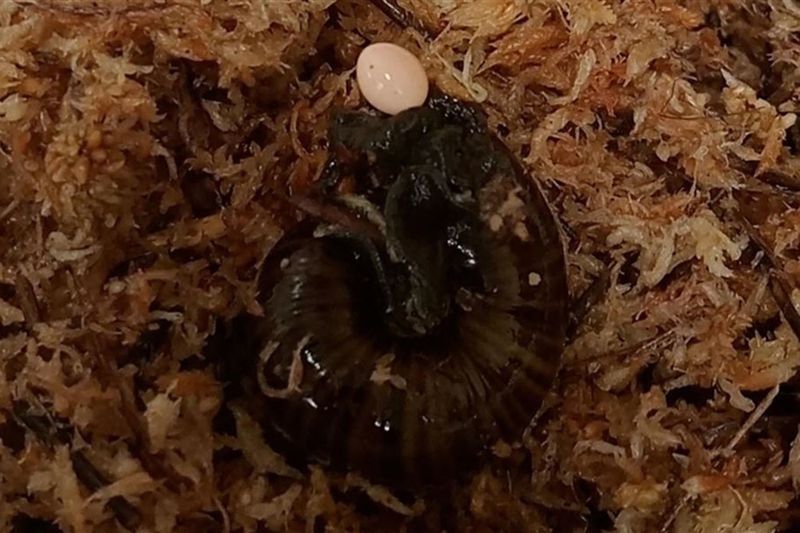
For decades, biologists puzzled over small round holes occasionally found in deceased Mount Augustus snail shells. The new footage finally explains this mystery – these holes are likely from egg-laying complications when the egg becomes stuck in the neck passage.
If unable to complete the laying process, the pressure can eventually crack the shell. This revelation helps explain why some preserved specimens showed this unusual damage pattern. Researchers now have crucial information for identifying reproduction-related mortality in wild populations.
9. Climate Change Complications
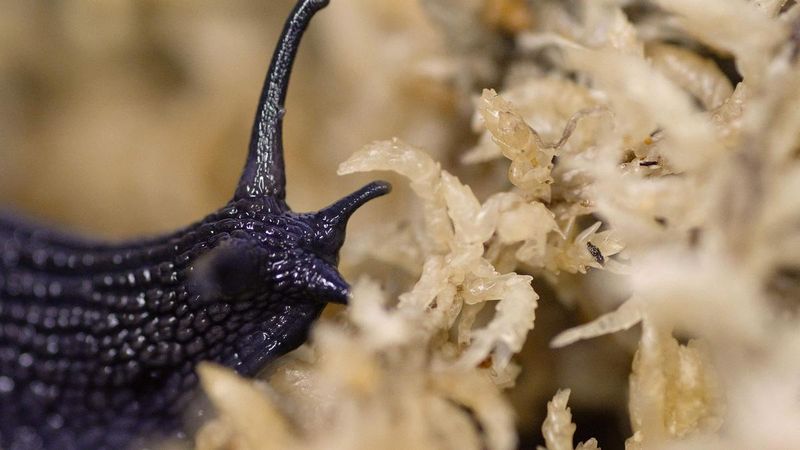
Mount Augustus snails face new threats from changing weather patterns. Their reproduction timing appears closely linked to temperature and humidity cycles, with egg-laying typically occurring during specific seasonal conditions.
Climate researchers worry that increasingly unpredictable weather disrupts these delicate reproductive windows. The neck-laying footage reveals how the process requires precise moisture levels – too dry and the egg membrane may tear, too wet and fungal infections threaten development.
10. Future Research Directions
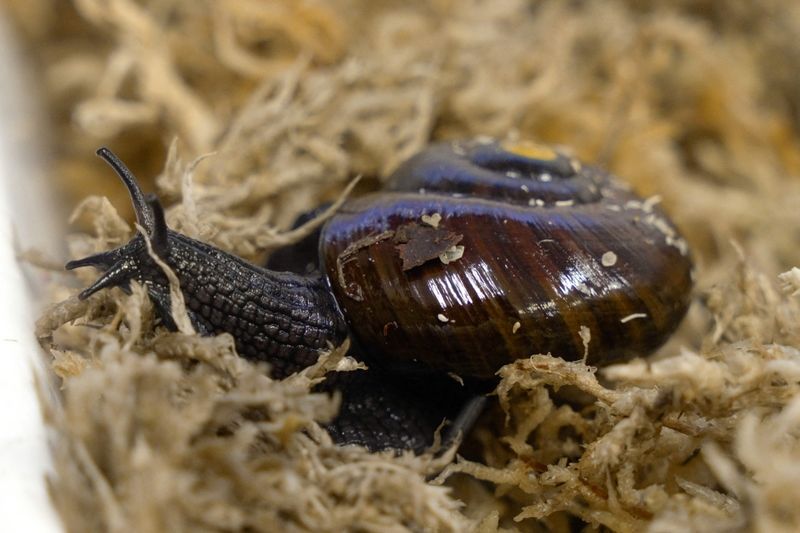
The groundbreaking neck-laying footage opens exciting new research avenues. Scientists are now developing non-invasive methods to study embryo development inside the eggs without disturbing the vulnerable species.
Genetic researchers hope to identify the specific genes responsible for this unusual reproduction method. Understanding these biological mechanisms could provide insights applicable to conservation breeding programs and even medical research, as some snail proteins show promising antibacterial properties.
Conservation teams are already using the findings to create more effective protection strategies focused on supporting successful reproduction in wild populations.


